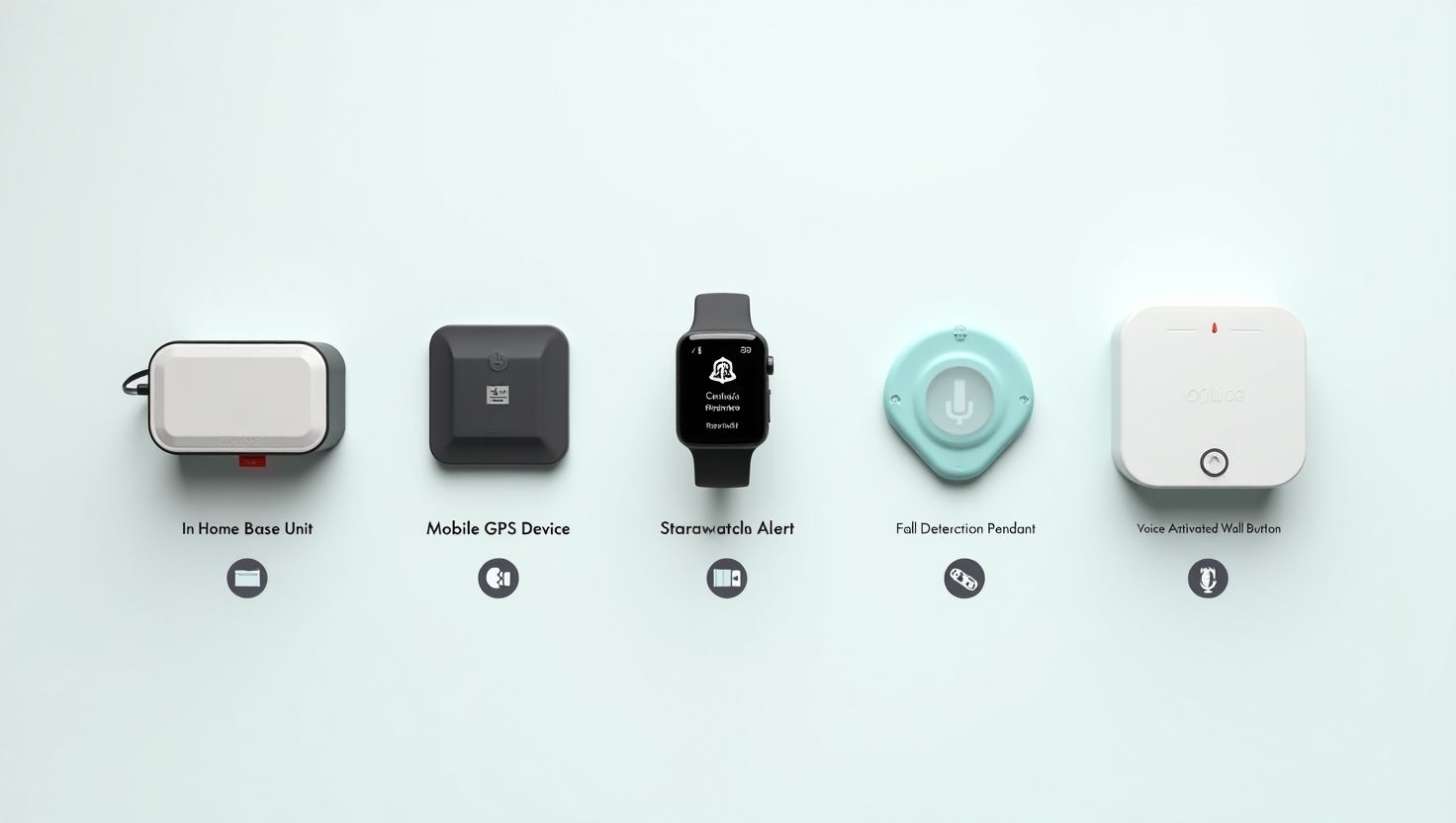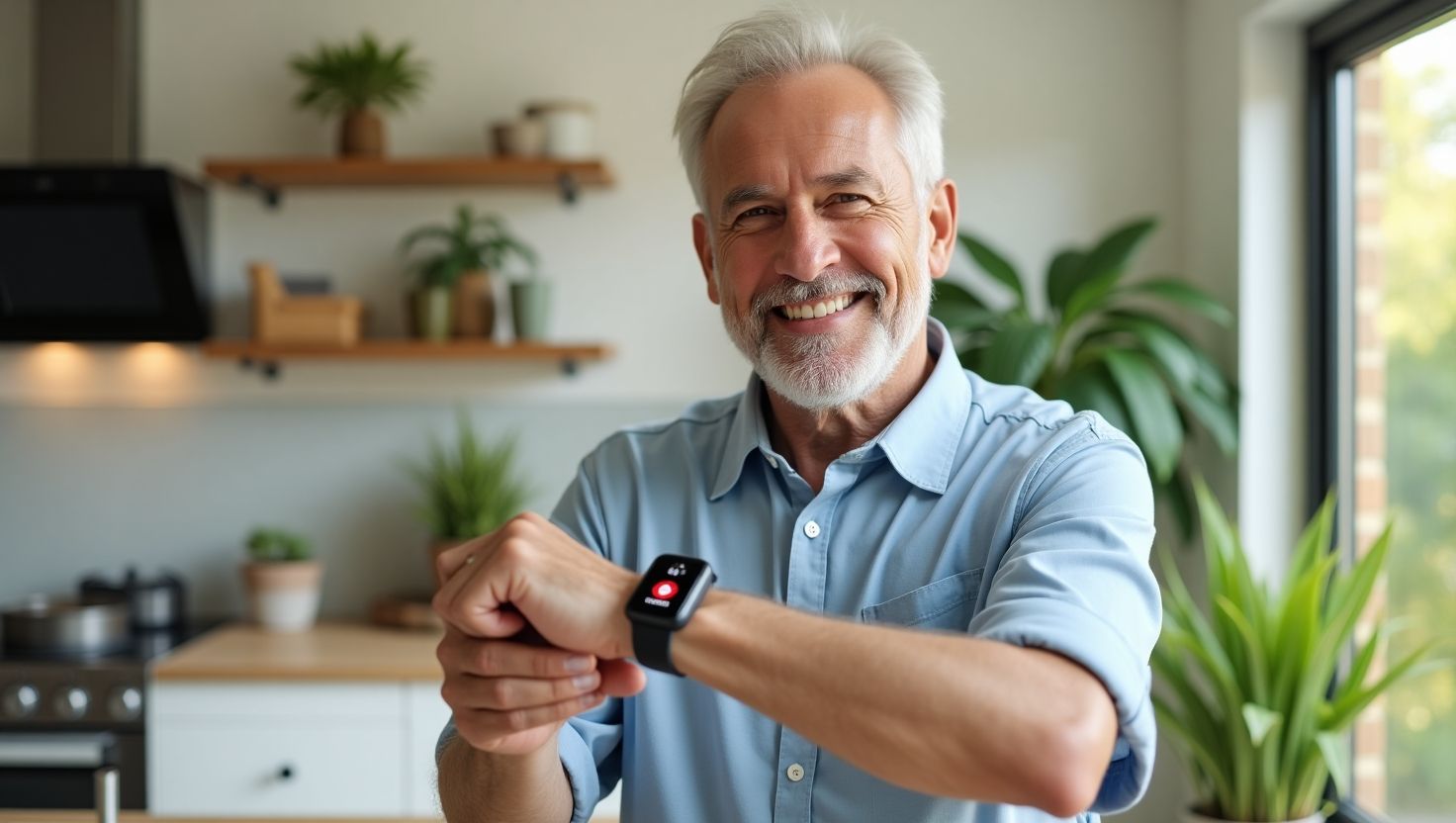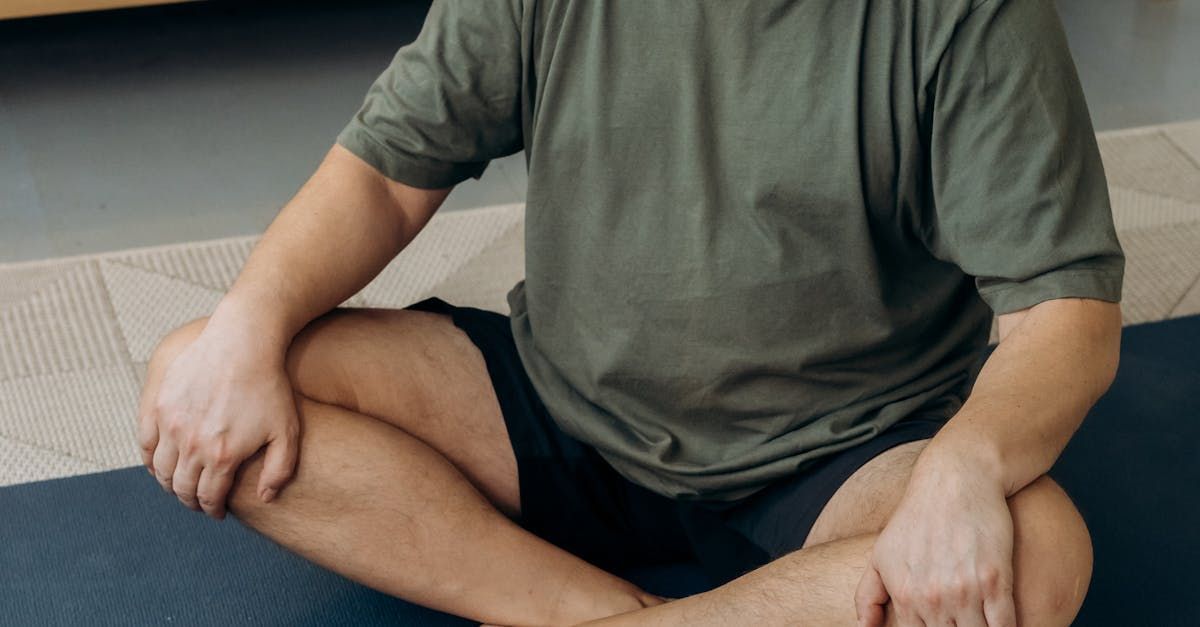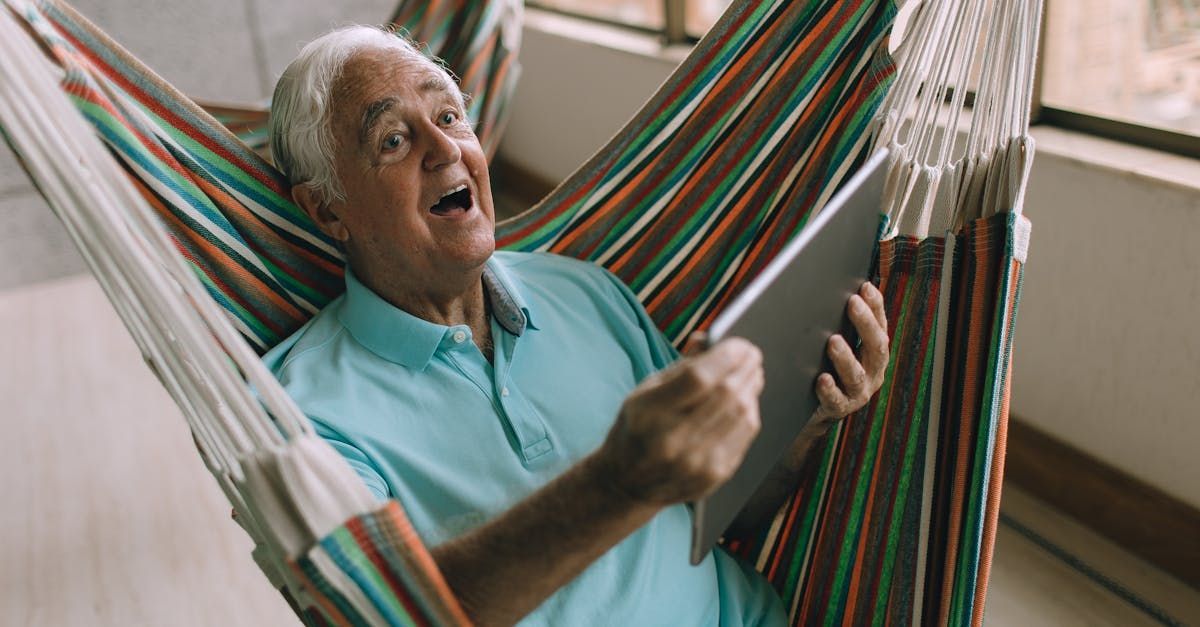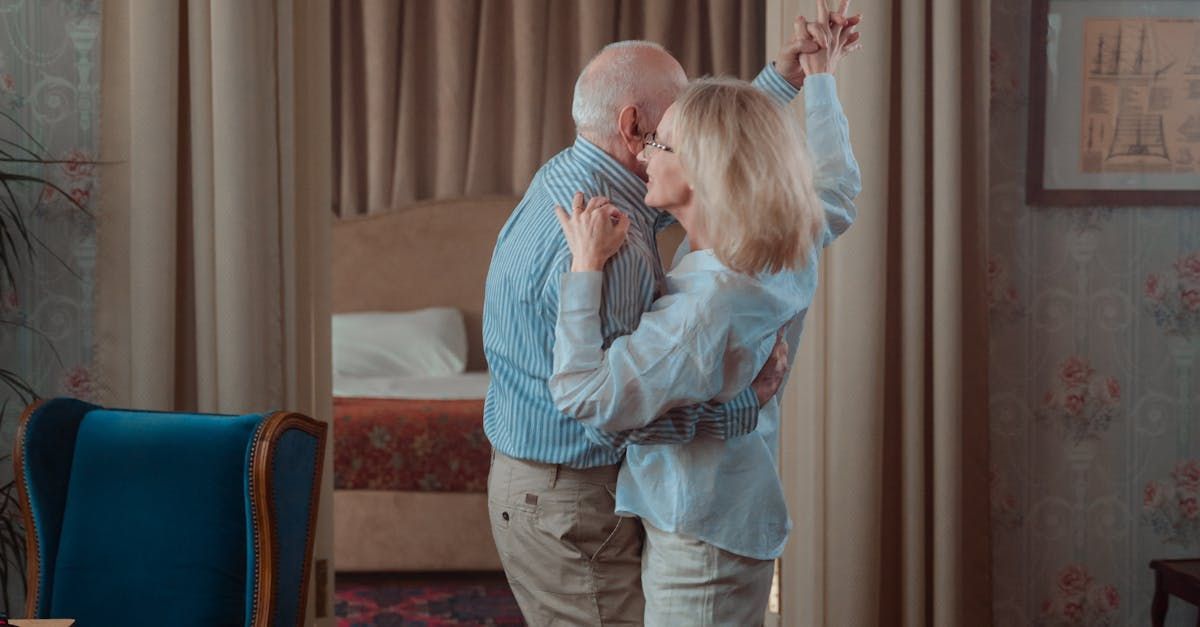The Importance of Health and Wellness for Seniors
Enjoy Your Life, Take Care Of Yourself
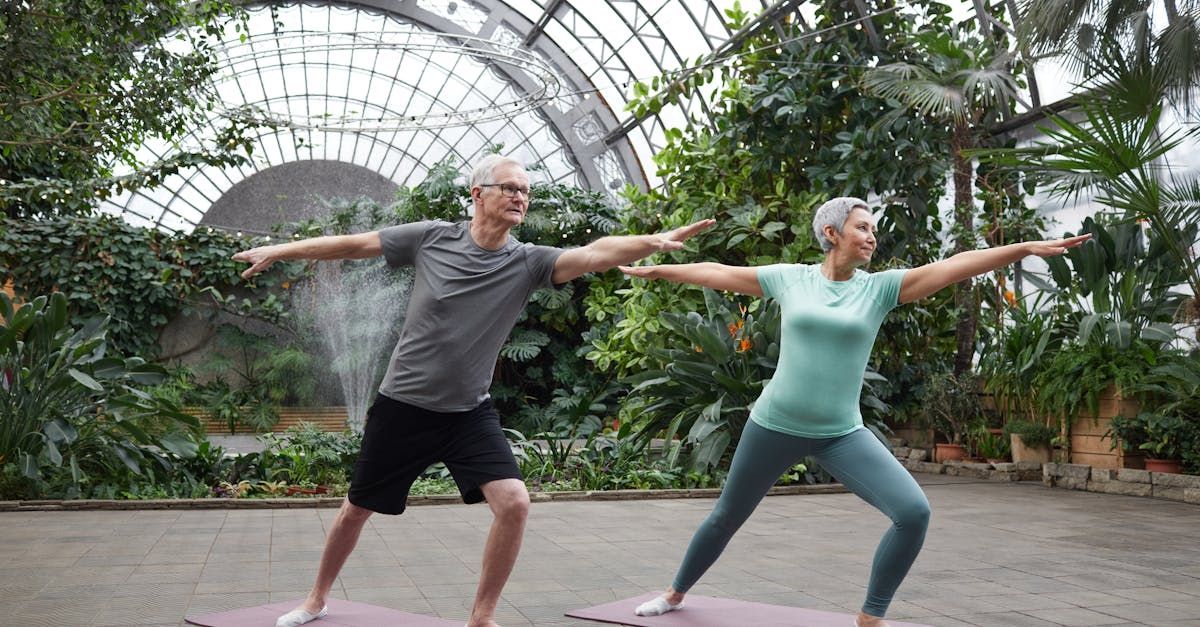
As we grow older, keeping up with health and wellness becomes more important than ever. The later years of life can be some of the most fulfilling, bringing joy from family, friends, and the wisdom that comes with experience. However, these years can also bring unique health challenges. Focusing on health and wellness is key to enjoying a high quality of life and maintaining independence. Let's explore the different aspects of health and wellness for seniors, covering physical health, mental health, and social well-being.
Physical Health
Staying physically healthy is crucial for seniors to remain active and independent. Here are some essential areas to focus on:
Regular Exercise: Regular physical activity is one of the best things seniors can do for their health. Exercise helps improve balance and strength, reducing the risk of falls and injuries. It also boosts heart health, helping to prevent heart disease and stroke. Activities like walking, swimming, and yoga are excellent low-impact options to stay fit.
Nutrition: A balanced diet is vital for maintaining health and preventing chronic diseases. Seniors should eat a variety of nutrient-rich foods, including fruits, vegetables, lean proteins, and whole grains. Staying hydrated is also crucial, as seniors are more prone to dehydration. A nutritionist can help create a personalized meal plan that meets individual health needs.
Preventive Health Care: Regular check-ups and preventive screenings are essential for early detection and management of health issues. Keeping up with vaccinations, such as the flu shot and pneumonia vaccine, is important to protect against common illnesses. Managing chronic conditions like diabetes, hypertension, and arthritis through regular medical care can greatly improve quality of life.
Mental Health
Mental health is just as important as physical health and can significantly impact overall well-being. Here are some ways to maintain mental health in later life:
Cognitive Stimulation: Keeping the mind active helps prevent cognitive decline and conditions like dementia. Activities such as reading, puzzles, and learning new skills can stimulate the brain and improve cognitive function. Many seniors enjoy group activities like book clubs or classes that offer both mental stimulation and social interaction.
Stress Management: Chronic stress can negatively affect both mental and physical health. Techniques such as mindfulness, meditation, and deep-breathing exercises can help seniors manage stress effectively. Engaging in hobbies and activities that bring joy and relaxation is also important for mental well-being.
Access to Mental Health Services: It's crucial for seniors to have access to mental health services. Depression and anxiety are common among older adults but often go overlooked. Counseling and therapy can provide valuable support, helping seniors cope with life changes, loss, and other emotional challenges.
Social Well-Being
Social connections play a significant role in overall health and wellness. Staying socially active can enhance quality of life and prevent feelings of loneliness and isolation.
Building and Maintaining Relationships: Maintaining strong relationships with family and friends provides emotional support and companionship. Seniors should make an effort to stay connected through regular visits, phone calls, or video chats. Participating in community events or volunteer work can also help build new relationships and provide a sense of purpose.
Joining Social Groups: Social groups, such as clubs or organizations, offer opportunities for seniors to engage with others who share similar interests. Whether it's a gardening club, a travel group, or a fitness class, these activities provide social interaction and foster a sense of belonging.
Intergenerational Activities: Interacting with younger generations can be incredibly fulfilling for seniors. Activities that involve grandchildren, younger family members, or community youth programs can create meaningful connections and bring joy to both seniors and younger participants.
The Role of Healthcare Providers
Healthcare providers play a crucial role in supporting the health and wellness of seniors. Regular visits to healthcare professionals, including primary care physicians, specialists, and allied health providers, are essential for monitoring health and managing any conditions that may arise.
Personalized Care Plans: Healthcare providers can help create personalized care plans that address the unique needs of each senior. These plans may include recommendations for diet, exercise, medications, and preventive measures tailored to individual health conditions and lifestyle.
Coordination of Care: For seniors with multiple health issues, coordinating care among various healthcare providers is vital. This ensures that treatments are aligned and all aspects of health are considered. Care coordinators or case managers can assist in managing appointments, medications, and follow-up care.
Education and Resources: Healthcare providers can also educate seniors and their families about available resources and support services. This may include information on local senior centers, support groups, and home care services that can enhance health and wellness.
The Importance of a Supportive Environment
Creating a supportive environment is crucial for promoting health and wellness among seniors. This includes safe living spaces, access to healthcare, and a community that encourages active living.
Safe Living Spaces: Ensuring that seniors live in a safe environment can prevent accidents and injuries. This may involve home modifications such as installing grab bars, improving lighting, and removing tripping hazards. For those in assisted living or nursing homes, it’s important to choose facilities that prioritize safety and provide a high standard of care.
Access to Healthcare: Easy access to healthcare services is essential for maintaining health. This includes having transportation options for medical appointments, access to affordable medications, and availability of healthcare providers who understand the specific needs of seniors.
Encouraging Active Living: Communities that encourage active living can greatly enhance the well-being of seniors. This includes having parks, walking trails, and recreational facilities that are senior-friendly. Programs that promote physical activity, social interaction, and lifelong learning contribute to a vibrant and healthy senior population.
Conclusion
Health and wellness are fundamental for seniors to enjoy a high quality of life and maintain independence. By focusing on physical health, mental health, and social well-being, seniors can navigate the challenges of aging with confidence and grace. At Vanderbilt Senior Services, we are dedicated to providing the resources and support needed to promote healthy aging. We encourage seniors and their families to prioritize health and wellness, ensuring that the later years of life are filled with joy, fulfillment, and vitality.


